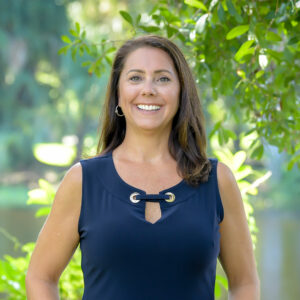Could your everyday foods be making you sick?

The first thing a food sensitivity sufferer needs to do is identify their trigger foods and food-chemicals. In the past, this has been easier said than done for many reasons: Food sensitivity reactions may be delayed by hours or even days after ingestion. Even if you suspect food sensitivities, would you consider that the headache you have right now was caused by something you ate yesterday? And often, food sensitivities are dose—related. This means a small or moderate amount of a reactive food may not cause any noticeable symptoms, but a larger amount does. Or perhaps when you eat 2-3 moderately reactive foods at the same time, you get symptoms, But if you ate only 1 of those foods you wouldn’t, If that wasn’t enough of a challenge, reactive foods vary widely from person to person, even if they have the same symptoms, and there are usually many reactive foods and food-chemicals, not just one or two.
In addition, the most common blood test used to help identify sensitive foods (ELISA IgG) can only detect one lesser kind of sensitivity reaction (Type 3, which covers only about 25% of food sensitivity reactions). Plus, IgG testing can’t identify reactions to food-chemicals.
Fortunately there’s a program called LEAP® that can help you quickly overcome even the most troublesome food sensitivity related problems. LEAP includes a patented blood test called MRT (Mediator Release Test) that accounts for both Type 3 and the more common Type 4 pathways. MRT also identifies reactions to food chemicals. This translates into faster and more complete relief for those who test with MRT. In fact, independent studies confirm MRT is the most accurate and most comprehensive blood test available for food and food-chemical reactions.
The test is simple and fast and has helped thousands of people across the country turn years of suffering into a bright, happy, healthy future, free of the symptoms that once seemed an inescapable part of life. Even world class athletes have used LEAP to help them be their absolute best.

You might ask how can an apple, zucchini, or bean be making me sick, isn’t it a healthy food?
Yes it is, however some of these “healthy” foods cause inflammation resulting in symptoms such as migraines, diarrhea, bloating, constipation, chronic pain, skin issues, heartburn, arthritis, joint pain, etc. There is a simple blood test that tests 170 foods/chemicals which tells you which foods work best for you. From there you will be carefully guided with your Registered Dietitian on a personalized plan based on your blood test results. Many see significant reduction in symptoms within as little as 7-14 days following plan.
Studies have found that food sensitivities play a huge part of our health challenges. Identifying your food sensitivities is as easy as a simple blood test. Once we’ve identified the foods that are causing your symptoms, we then remove them from your diet and create a protocol to introduce your safe, non-inflammatory foods, allowing your gut to heal and symptoms to subside. Most individuals see improvement within two weeks but others may take longer. Once you’ve stabilized, the next step is to replete nutrient deficiencies.

Food Sensitivities
How the foods we eat (even the healthy ones) cause inflammation and chronic symptoms like migraines, arthritis, IBS, fibromyalgia, and others. Click here to read more about how food sensitivities can cause inflammation.
Best Food Sensitivity Test: IgG vs MRT
How can you identify your food sensitivities and which test is best? Susan Linke discussed why the Mediator Release Test (MRT) is the most advanced, most reliable food sensitivity test available. Click here to read more about the Mediator Release Test.
LEAP Protocol for Food Sensitivities
Why the LEAP Protocol combined with the Mediator Release Test (MRT) is the best approach to battling food sensitivities, eliminating symptoms caused by inflammation, and resetting your immune system.
Gut Microbiome Test – GI MAP – Diagnostic Solutions Laboratory
This is the tool I use in my practice and require this for all my clients. The GI Map by Diagnostic Solutions Laboratory looks at the DNA of the microbiome. This is the only way to look at your gut microbiome and determine what needs removed and/or replaced.
Spectracell Labs
Micronutrients test, Cardiometabolic test, Hormone test, etc.
Great Plains Laboratory
Organic Acids test, Mold test, Neurotransmitter test, etc.

